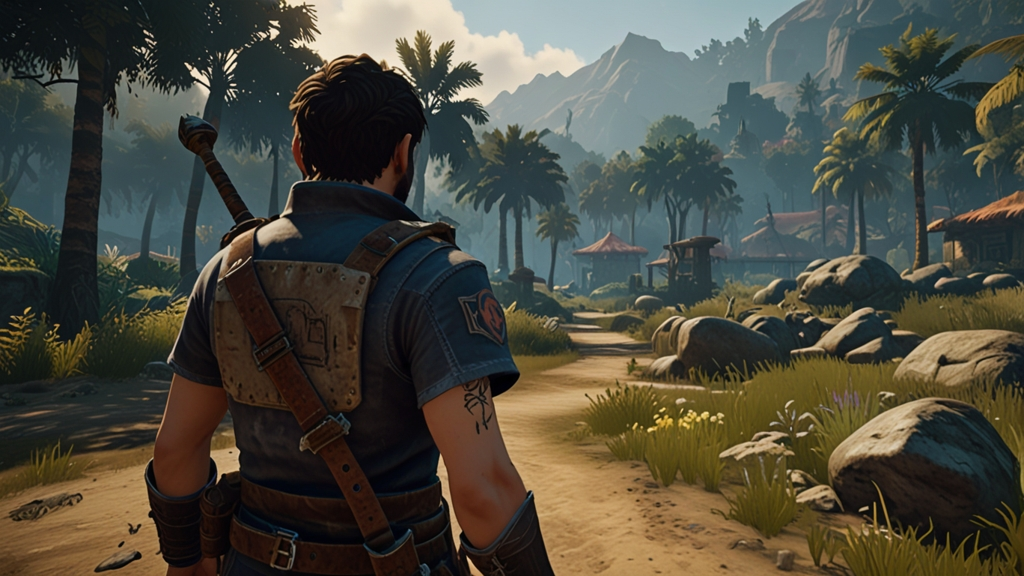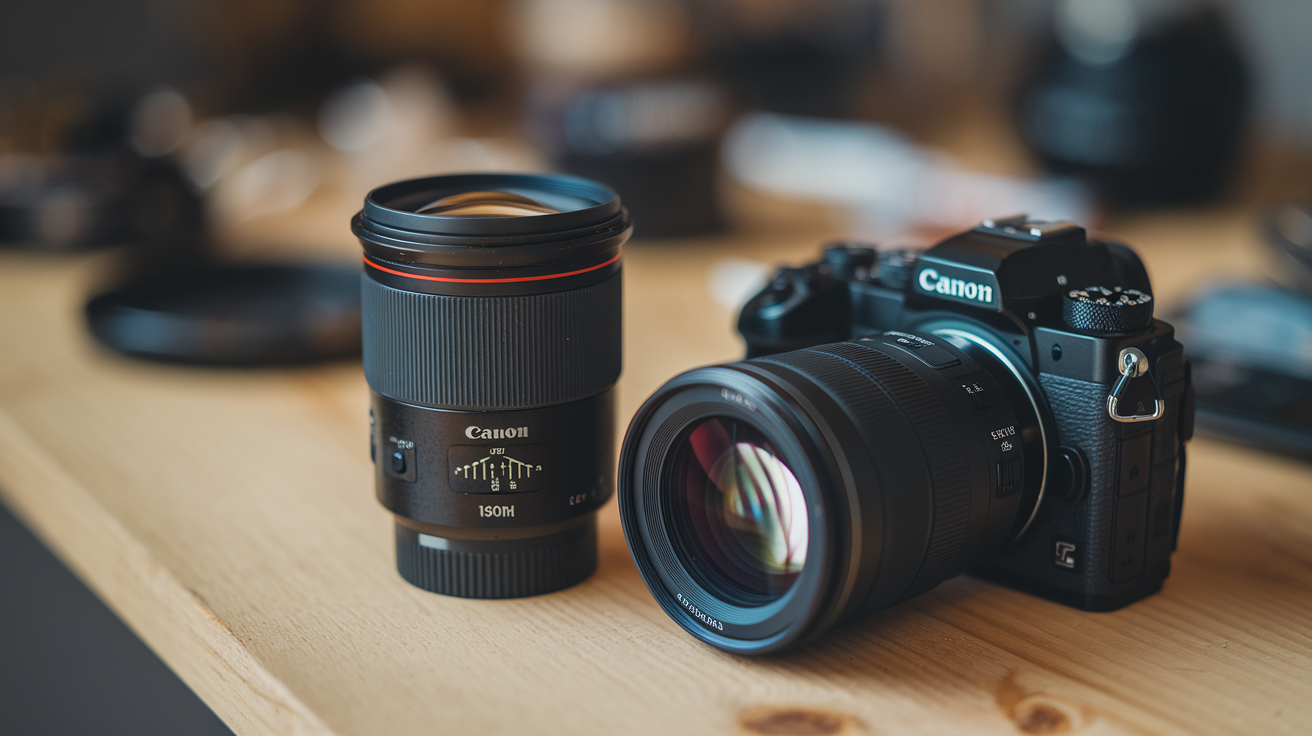Introduction: Canon 18-45 vs Sigma 18-50 Evening Night Photos
When it comes to capturing stunning evening and night photos, the lens you choose plays a crucial role. Among the most popular options are the Canon 18-45 and the Sigma 18-50, both offering unique features suited for different types of photography. But, when you compare the Canon 18-45 vs Sigma 18-50 evening night photos, which lens truly stands out for low-light performance? Let’s dive into a detailed comparison to help you decide which lens is best for your nighttime photography needs.
Understanding the Importance of Low-Light Performance in Night Photography
The key factor that differentiates lenses in evening and night photos is their ability to perform in low light. For photographers aiming to capture crisp, clear images as the light fades, lenses with larger apertures and better image stabilization are critical. The Canon 18-45 vs Sigma 18-50 evening night photos comparison boils down to these essential features: aperture size, image stabilization, and optical performance in dark settings.
Canon 18-45: A Compact Yet Limited Lens for Night Photography
The Canon RF-S 18-45mm f/4.5-6.3 IS STM lens is a compact, budget-friendly option that offers good flexibility for general photography. However, when it comes to shooting in low light during the evening and night, this lens has some limitations. With a variable aperture range of f/4.5 to f/6.3, it doesn’t allow as much light to enter the Camera as other lenses with wider apertures. For evening and night photos, this means you’ll have to increase the ISO or use longer exposure times, both of which can introduce noise or motion blur if not carefully controlled.
On the plus side, the Canon 18-45 lens comes with built-in image stabilization (IS). This feature helps reduce camera shake when shooting handheld, allowing you to take sharper photos without a tripod in certain low-light conditions. However, it still doesn’t match the performance of a lens with a wider aperture, which is essential for achieving better results in the evening and night photos.
Sigma 18-50: Better Low-Light Performance with an f/2.8 Aperture
In the Canon 18-45 vs Sigma 18-50 evening night photos battle, the Sigma 18-50mm f/2.8 DC DN Contemporary lens shines due to its constant f/2.8 aperture. The f/2.8 aperture allows significantly more light to hit the camera sensor than the Canon lens, making it an excellent choice for low-light conditions like evening and night photography. With a wide aperture, the Sigma lens enables faster shutter speeds, helping to freeze motion and reduce blur in your shots.
Additionally, the Sigma lens offers a better ability to isolate your subject from the background with a shallower depth of field. This is particularly beneficial for creating those beautiful bokeh effects in your night photos, where lights in the background appear soft and out of focus.
Image Stabilization: Canon vs Sigma for Evening and Night Photography
While the Canon 18-45 lens comes with image stabilization (IS), the Sigma 18-50 lens lacks this feature. For photographers, this means that the Canon lens can be more forgiving in handheld shots in lower light, as it reduces the risk of camera shake. However, without an IS system in the Sigma lens, you’ll need to rely more on a tripod or in-body image stabilization (if available in your camera) to get the best results in low-light conditions.
That said, the Sigma lens’ brighter aperture (f/2.8) compensates for its lack of image stabilization in many low-light scenarios. It allows you to use faster shutter speeds and lower ISO settings, reducing the need for IS in most cases. Still, if you shoot handheld frequently, the Canon 18-45 might feel more comfortable for those late-night captures.
Lens Sharpness: How the Canon 18-45 vs Sigma 18-50 Evening Night Photos Performs in Low Light
Both lenses offer good optical quality, but the Sigma 18-50 lens offers better sharpness. The constant f/2.8 aperture and the lens’ design allow for better overall resolution, especially in challenging low-light environments. Night photography often demands lenses that perform well even at wider apertures, and Sigma excels in this area, offering crisp details and minimal distortion.
The Canon 18-45 lens, on the other hand, may not be as sharp at its widest aperture settings, particularly in darker settings. It might require stopping down the aperture to get the sharpness you’re looking for, which could limit the amount of light available for your evening and night photos.
Portability and Convenience: Which Lens is Easier for Night Shoots?
One factor that is often overlooked in lens comparisons is portability. If you’re shooting on the go or need a compact option for travel photography, the Canon 18-45mm is a more lightweight and convenient option. Its smaller size and lighter weight make it ideal for carrying around in the evening without feeling burdened. For casual shooters or those new to night photography, the Canon lens offers convenience without sacrificing too much in terms of performance.
On the other hand, the Sigma 18-50 is still compact compared to other lenses with an f/2.8 aperture, but it’s slightly larger and heavier than the Canon 18-45. While this extra weight is a trade-off for better low-light performance, some photographers may find it a bit cumbersome if they are shooting for extended periods at night.
Price and Value: Canon 18-45 vs Sigma 18-50 for Evening Night Photos
When it comes to price, the Canon 18-45 is a more affordable option, especially if you purchase it as part of a camera kit. For beginner photographers who are just starting with evening and night photography, this lens offers good value at a lower cost. However, while the Canon lens might be budget-friendly, it comes with limitations in low-light performance, which could be a drawback for more serious photographers.
The Sigma 18-50 lens is a bit more expensive, but its faster f/2.8 aperture, superior low-light performance, and better overall image quality justify the higher price. For those who prioritize evening and night photos, the investment in the Sigma lens will pay off in terms of image quality and versatility, particularly for more advanced users or those looking to specialize in low-light photography.
Conclusion: Which Lens is Right for Evening and Night Photos?
When comparing the Canon 18-45 vs Sigma 18-50 evening night photos, the Sigma lens stands out as the better option for low-light performance. Its constant f/2.8 aperture allows more light into the camera, resulting in sharper, more detailed images in darker settings. Although the Canon 18-45 lens offers image stabilization, making it a good choice for casual night photographers, it doesn’t quite match the performance of the Sigma lens when it comes to capturing stunning, sharp evening and night photos.
Ultimately, the choice depends on your budget, experience level, and shooting needs. If you’re just starting and need a budget-friendly, versatile lens for general photography, the Canon 18-45mm f/4.5-6.3 IS STM may be the right choice. However, for photographers who want superior low-light performance, better image quality, and faster shooting, the Sigma 18-50mm f/2.8 DC DN Contemporary lens will be a much better fit for your evening and night photos.















